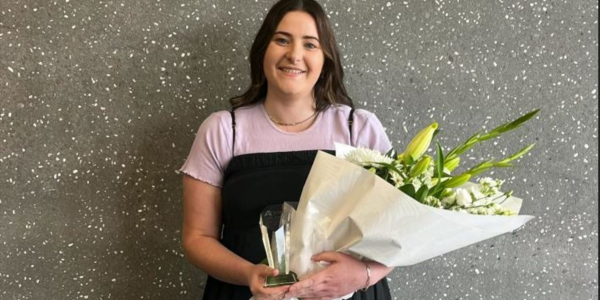
When it comes to home loans, many people focus on getting the lowest interest rate. While interest rate is important, there’s a lot more to think about. How your home loan is set up can make a big difference, helping you pay less interest and shaving years off your mortgage. Whether you choose fixed, floating or a combination of both interest rates, your home loan structure should fit your financial goals and lifestyle.
Which loan structure is right for you?
There are several types of mortgage interest rates, each with its own pros and cons. Some offer more flexibility, while others provide stability. Each type affects your repayments and how quickly you pay off your loan.
Here’s a breakdown of three types of loans:
Fixed interest rate loan:
Your interest rate stays the same for a set period, usually between 6 months to 5 years.
|
Pros |
Cons |
|
Fixed repayments makes budgeting easier Protection against interest rate rises Peace of mind knowing your rate won’t change |
Less flexibility and high fees if you need to break a fixed loan early If interest rates drop, you don’t benefit until your fixed term ends Extra repayments are usually capped to a certain limit depending on lender’s policy |
Floating interest rate loan:
Your interest rate changes as market interest rates fluctuate, which means your repayments go up or down.
|
Pros |
Cons |
|
Flexibility to make extra repayments without penalties Easier to switch lenders or restructure your loan If interest rates drop, your repayments go down |
Repayments change which makes budgeting harder If interest rates rise, your repayments go up Usually a higher interest rate compared to fixed loans |
Split interest rate loan:
A combination of both fixed and floating rates with a split set up to suit your lifestyle and circumstances.
|
Pros |
Cons |
|
Some stability with the fixed portion of your loan, with flexibility on the floating portion Extra repayments can be made into the floating portion without penalty A good way to manage interest rate fluctuations and risk |
Can be more complex to set up and manage If rates drop, only the floating portion benefits Break fees apply to the fixed portion if you make changes |
The right loan structure will depend on your financial goals, income stability and risk tolerance. Some borrowers prefer the security of a fixed rate, while others choose a more flexible loan. Most people opt for a combination of fixed and floating interest rates to get the best of both worlds.
Which type of home loan would you choose?
To help you decide, here are three case studies illustrating how different types of mortgage interest rates can work for different homeowners.
Case study 1: Fixed rate loan
Sarah and James are first home buyers with a young child. They have a tight budget and want to know exactly how much they’ll be paying each month, so they can manage their finances without any surprises.
They opted for a fixed rate mortgage for three years which locked in their interest rate and gave them peace of mind. Their repayments won’t change, even if interest rates rise.
A fixed rate mortgage could suit budget-conscious homeowners, first home buyers or families on a strict budget.
Case study 2: Floating interest rate loan
Daniel is a self-employed graphic designer whose income fluctuates throughout the year. Some months he earns more and can make extra loan repayments, while other months he needs to keep his costs lower.
Daniel went with a floating rate mortgage, allowing him to make extra payments whenever he had surplus income without any penalties.
A floating rate mortgage could suit homeowners with a growing income, those planning to pay off their loan faster, or people who want the option to switch loan structures easily.
Case study 3: Combination loan
Lisa and Tom are a couple who recently bought their second home. They want to take advantage of the security of a fixed rate while still having some flexibility to make extra payments when possible.
They split their mortgage into two parts:
70% on a fixed rate mortgage for two years to keep their main repayments stable.
30% on a floating rate mortgage so they can make extra payments when they have spare cash.
A combination loan can work well for homeowners who want a balance of stability and flexibility, such as growing families and second time home buyers.
Get the right balance
If you need help restructuring your home loan to get the right balance for you, work with a Mortgage Express adviser. Get expert advice and guidance every step of the way. Contact the team today to connect with an adviser near you.



